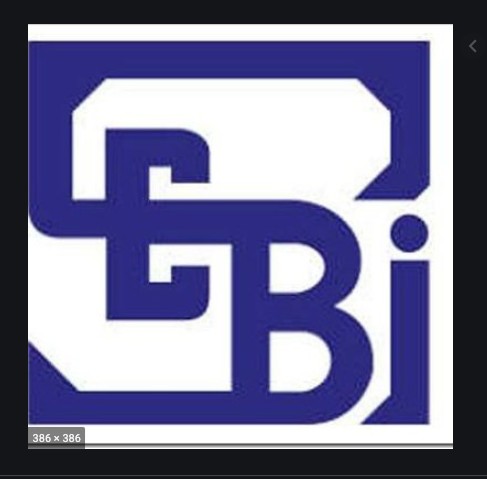As part of strengthening fluid investor interest in stock exchanges, India’s market regulator Sebi is planning a proposal to come up with a framework to make sure that in incidents of technical glitches whereby compensation would be given to investors.
According to people privy to the information, the regulator is also going ahead with its plans to devise a methodology and calculation of compensation. In order to improve the efficacy of liquidity enhancement measures such as market making, Liquidity Enhancement Scheme (LES) and call auction mechanism for illiquid securities, Sebi would review the existing framework.
As per the regulator’s annual report for 2019-20, “Sebi is actively considering a proposal to introduce a framework for ascertaining the incidents of technical glitches where compensation needs to be paid to the investors and to devise a methodology and calculation of compensation.”
The regulator is also considering a proposal to ascertain the optimum corpus for the Investor Protection Fund (IPF) of the stock exchanges on the basis of rigorous stress testing, to ensure that the legitimate claims of the clients of the defaulting members or brokers even in extreme times are met.
The regulator would also review the quantum of Settlement Guarantee Fund (SGF) of the Clearing Corporations based on the stress test, to increase the resilience of the markets to possible risks posed by extreme volatility.
Further, a well-documented framework at the depository level for orderly winding down of the depositories operations is being developed in accordance with guidelines specified by Sebi.
Concerning market infrastructure institutions (MIIs), Sebi said such institutions rely heavily on technology for their various activities related to trading, clearing and settlement etc. Thus, it is pertinent to give more focus on system or technology during the inspection of MIIs.
“It is proposed to build an inspection manual that can be used as a single source of reference for conducting the inspections of MII. It is also proposed to build processes that can be automated and assist in a thorough inspection of the MIIs,” Sebi said.





